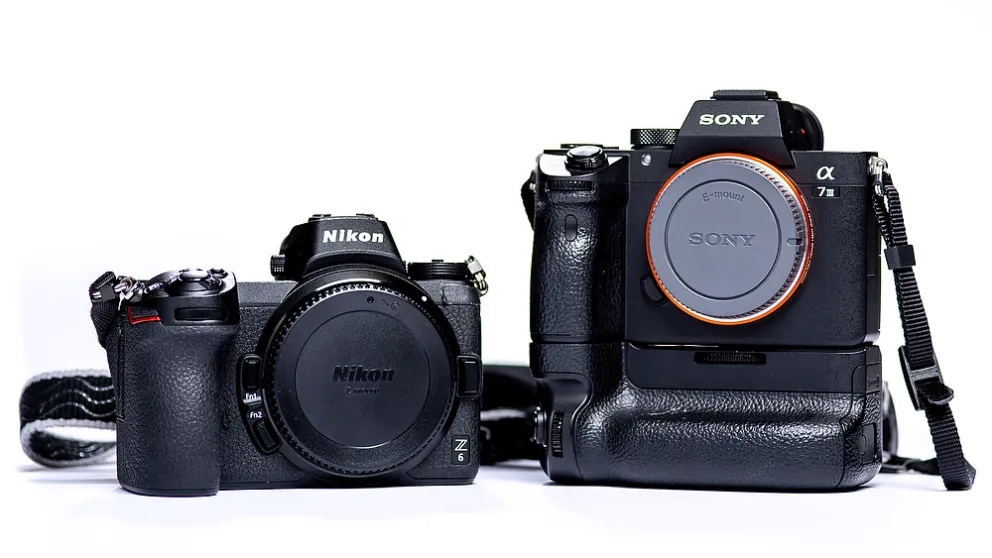
(text and photos by Matt Cashore) Matt Cashore is senior university photographer at Notre Dame and the editor of the UPAA blog and magazine.
I first tried a Sony mirrorless camera (A7rII) at the 2017 Symposium. My impression in one word: Confusing: “Wha...? Why did the viewfinder shut off?” “What in the world does this menu setting mean??” “Is the in-body stabilization on or off??” It wasn't the camera's fault, it was my unfamiliarity with mirrorless in general. Too much new stuff at once. New menus, new buttons, new terms...EVF? IBIS? WYSIWYG? Oh my!
The Z system was less of a plunge into the mirrorless deep end because of its familiar button-ology and menu system. After a few months on the job with it, I appreciated the benefits of a mirrorless system and had a much better understanding of mirrorless cameras in general. But even after several months I wasn't 'all-in' on mirrorless. It was a nice option to have on trips for instance, but it wasn't fully my day-to-day kit just yet. I liked several things but of course there were some gripes. (No! Really!!)
I've written about the Z series cameras before...and before that...so what could possibly be new to say? Well, a head-to-head comparison of equivalent camera models in the conditions we work in day-to-day.
Reviews from UPAA members and others couldn't throw enough superlatives at Sony—AF performance, the dual card slots, the option for an extra grip and other attractive features. It seemed that nearly all of my personal Nikon nit-picks were addressed by Sony. The grass was lookin’ mighty green on the other side of the fence. Before going all-in on the Z system I needed to do my due diligence and give Sony a ‘real world’ tryout.
Thanks to UPAA connections I was able to get a loan of a Sony kit:
A7III
Battery Grip
70-200 f4
24-105 f4
While it might have been fun to borrow an A9 and a 400 2.8 or other Sony “exotic” lenses, this would be the realistic kit that would be my day-to-day gear if I decided to purchase. For nearly two weeks I used both the Sony kit and the Nikon Z6 on everyday campus jobs.
Here’s an unscientific, highly subjective personal evaluation of the Sony A7III vs. the Nikon Z6. I picked 15 things that I find important/useful and where the two systems gave different results. Things like file size, high ISO performance and dynamic range were equally good on both systems so no need to score ‘em. Each comparison point got a rating of 0-5. Photo captions go into detail on the math behind some of the scores.
Z6 A7III
•Build quality 5 4
•Native lenses (as of May 2019) 2 4
•Overall AF performance 2 4
•Overall ergonomics/in-the-hand 5 2
•Menu system 5 4
•Battery 3 4
•Additional grip option 1 5
•Storage media 2 5
•Startup time/Responsiveness 4 2
•Electronic/mechanical shutter 4 3
•Sync Speed 4 3
•Video 4 3
•IBIS 4 3
•Plays well with Photo Mechanic 5 3
•Voice Memo 0 1
TOTAL 50 50
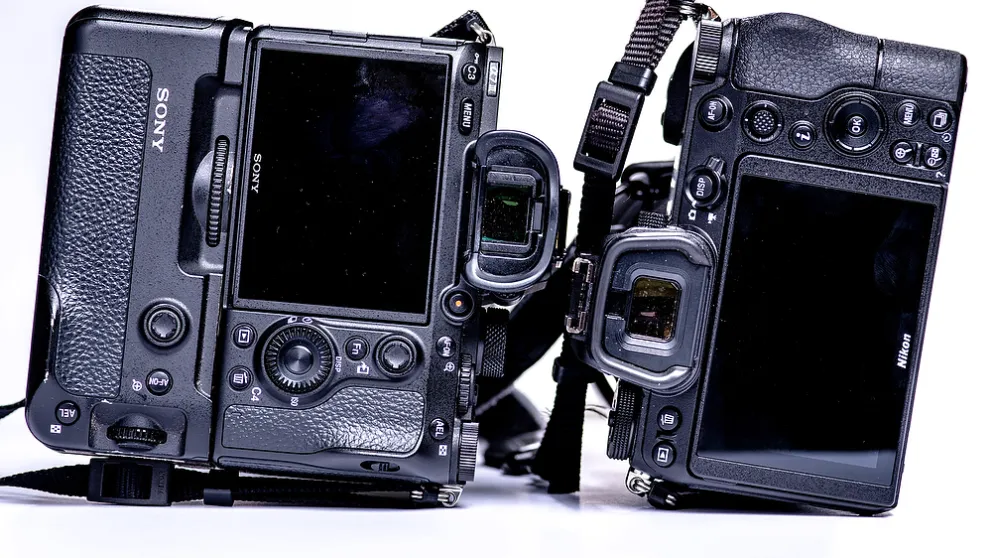
Build quality Who remembers the grip & buttons falling off the Nikon D1? Those days, it seems, are over. Z6 feels solid, buttons have good size & feel, 5. A7III feels solid but with a less ‘premium’ feel to the buttons/dials/panels/etc., -1. Net score: Nikon 5, Sony 4.
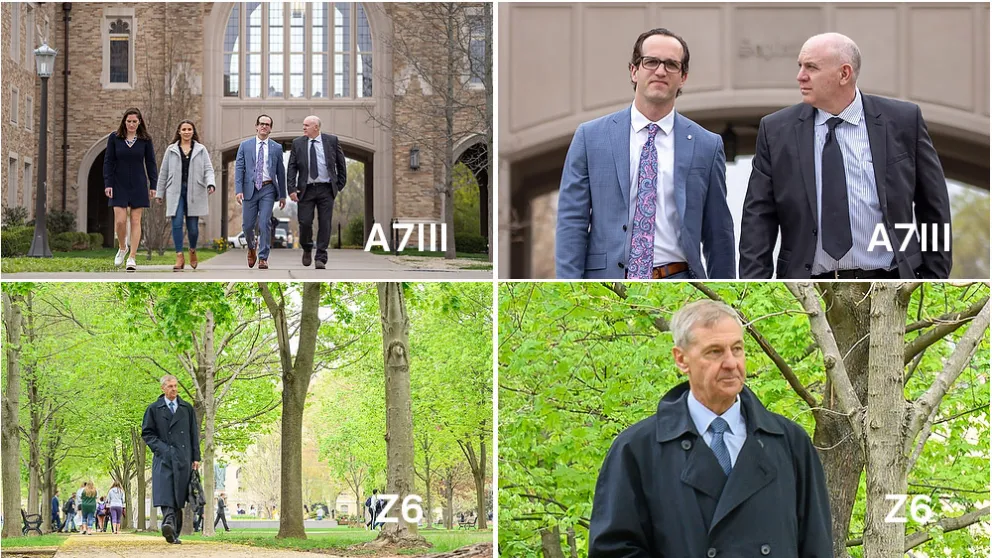
AF The A7III’s Eye AF is the real deal. I loved the way it would seamlessly transition from eye to face to auto-area, but overall the A7III was not a game-changer. Could be user error, of course, but I thought it at times missed shots I would have confidently had in focus with my D5/D500 when shooting fast or erratically moving subjects, -1.
Even with the recent firmware update the Z6 falls short of the A7III and well short of the D5/500. In Auto-Area AF mode I end up manually moving the focus box almost every time. ("No, not there...THERE!") Luckily the excellent menu system and ergonomics make it easy to switch focusing modes but still, -1; AF-C tracking is still sub-par. In the examples above I simply needed the cameras to track a walking subject or subjects. The A7III (top) did that with no problem whatsoever. The Z6 had about half the sequence adequately sharp but only got about 1 frame in 10 truly tack sharp, -1; The Z6's Eye-AF is better than not having it at all but not the equal of Sony. The A7III found and held an eye every time. Z6 was hit and miss-even using the native 24-70 f2.8 Z series lens. -1. Net score: Nikon 2, Sony 4.
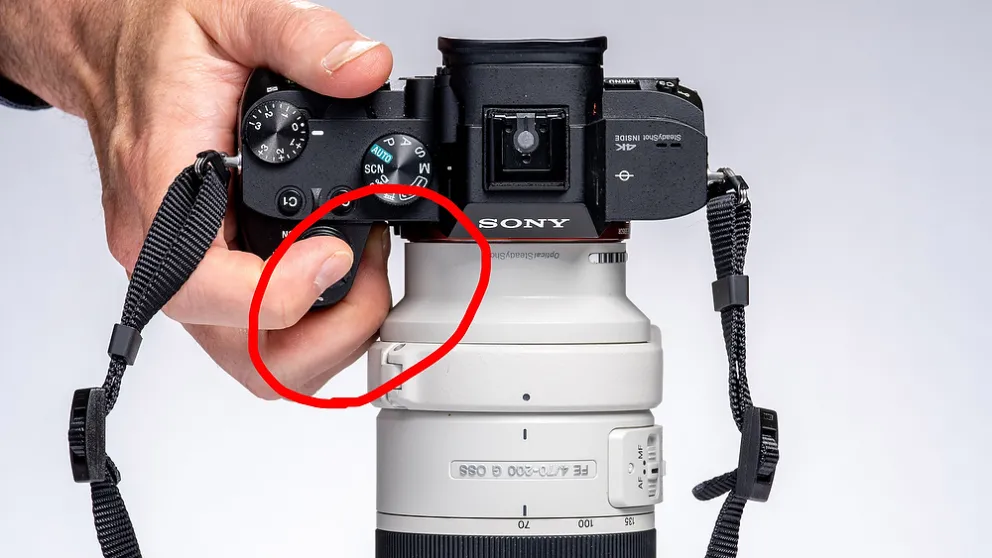
In the hand Ow. This will vary lens-to-lens and user-to-user, of course, but after one particularly long day using the A7III and the 70-200 f4 my fingers were sore from being pinched between the lens and grip. Using the add-on grip helped, but "makes my fingers hurt" is a big deal... There are enough aches and pains in this job already! -3 for the A7III.
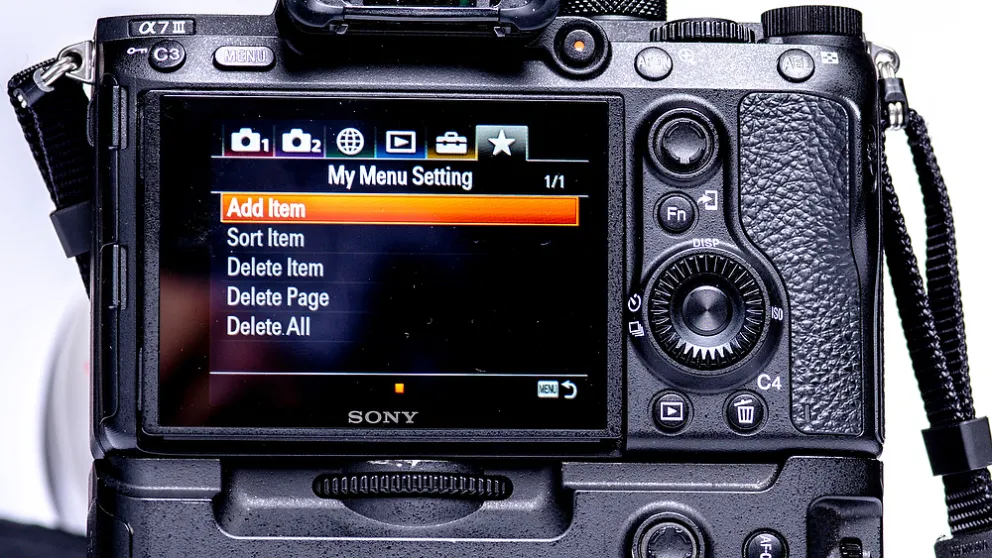
Menu Sony’s menu is unintuitive, -1; can’t use the touchscreen to operate the menu, -1; but it gives you just about every option conceivable to customize it to your every whim and preference and there's a "My Menu" section to make it all a little less daunting, so +1. Net score 4 for the Sony.
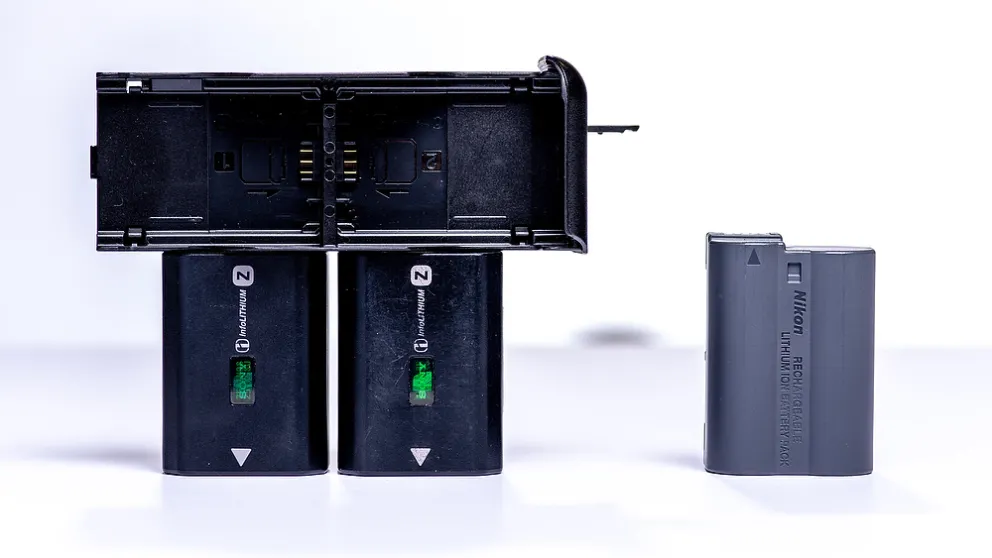
Battery Both are as good as can be expected given the size and weight, and both can be charged with USB-C. But, on a single battery both cameras gave me some "charge anxiety" toward the end of busy days. -2 for both. Sony makes it possible to double-up on batteries with the optional grip. +1. Net score: Nikon 3, Sony 4.
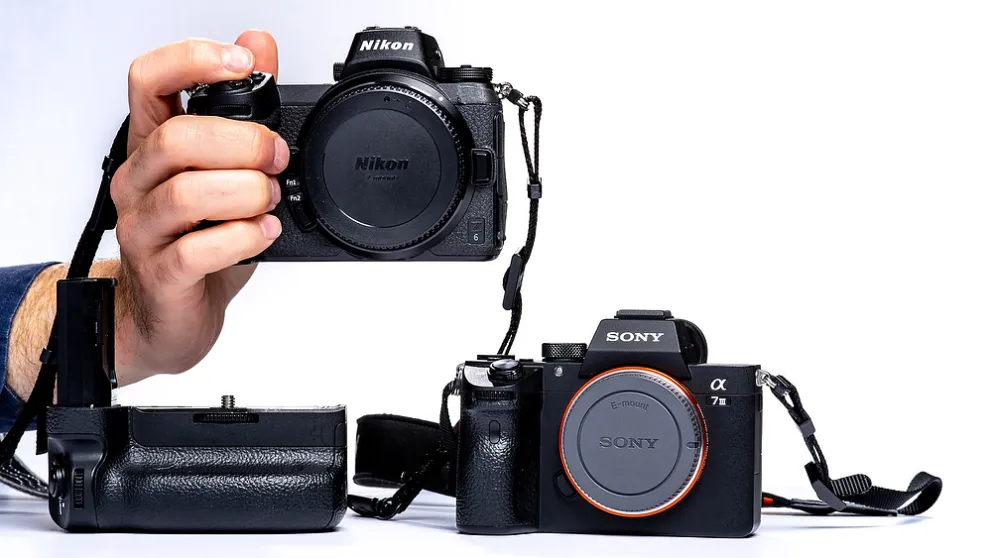
Additional grip option A7III has an optional grip. It’s great. As mentioned previously it doubles the battery effectiveness and it even has a pretty ingenious way of storing the battery door. 5. Nikon doesn’t have a grip option for the Z series so it should be 0, but the Z6 is so nice in hand that it doesn’t really need one, so +1. Net score: Sony 5, Nikon 1.
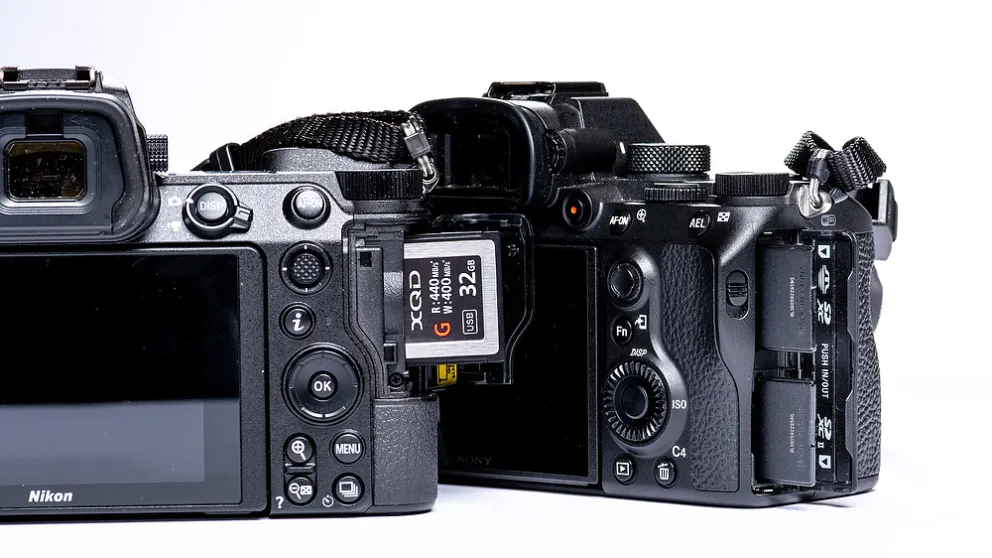
Storage media There are many reasons why two cards are better than one. The A7III has two SD cards, the most ubiquitous type there is. Perfect. 5. Z6-only 1 card, -1; XQD is expensive -1; Lose/forget/damage an XQD card, and they’re difficult to find, -1. Net score: Sony 5, Nikon 2.
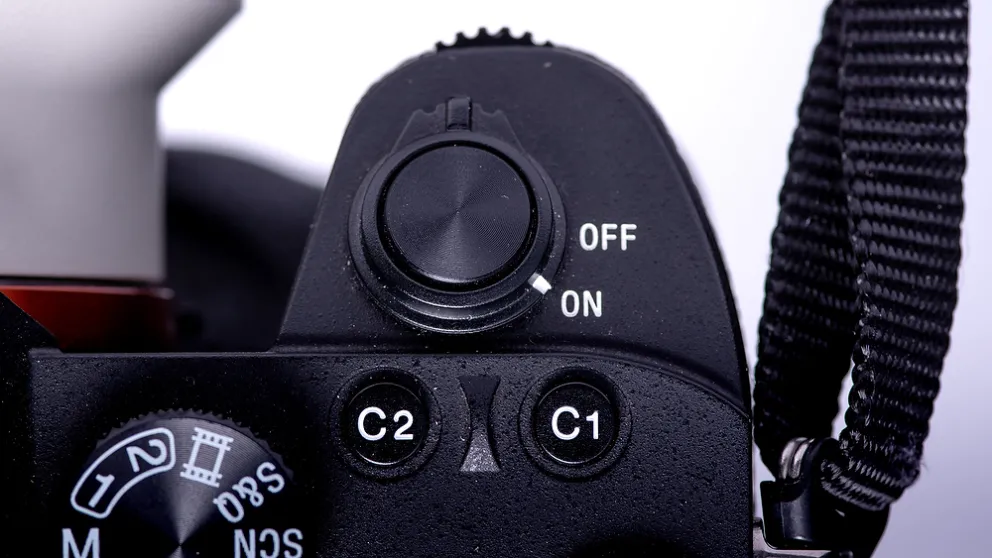
Shutter Quiet operation is a big selling point for mirrorless. As I tell my bosses: “Quieter for you, less backache for me.” Both cameras have the expected occasional banding issues with electronic (silent) shutter under certain lighting, so -1 for both. The mechanical shutter on the A7III is surprisingly loud--almost DSLR-like, so another -1. Net score: Nikon 4, Sony 3.
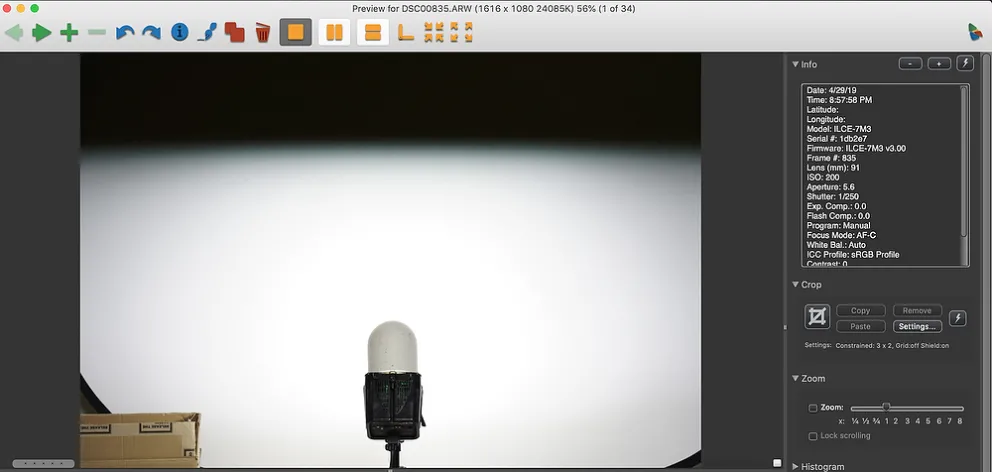
Sync Speed Nikon says 1/200, Sony says 1/250. So ‘4’ for Nikon, ‘5’ for Sony. However, the A7III’s 1/250 is a bit of an asterisk. Possible only with certain compatible flashes. The above photo shows what happened when I tried the A7III at 1/250 with the Alien Bee/Pocket Wizard setup in our studio. I could only get “clean” sync at 1/160, two clicks of the shutter wheel less than 1/250, so -2 for Sony. I do a good bit of sports on strobes, so 1/160 means that unless I threw obscene amounts of money re-lighting two arenas with Profoto high-speed sync lights, the Sony is pretty much unusable in that role. Nikon can do its full advertised 1/200 with every strobe system I have and can even be “cheated” up to 1/250 in some cases. Net score: Nikon 4, Sony 3.
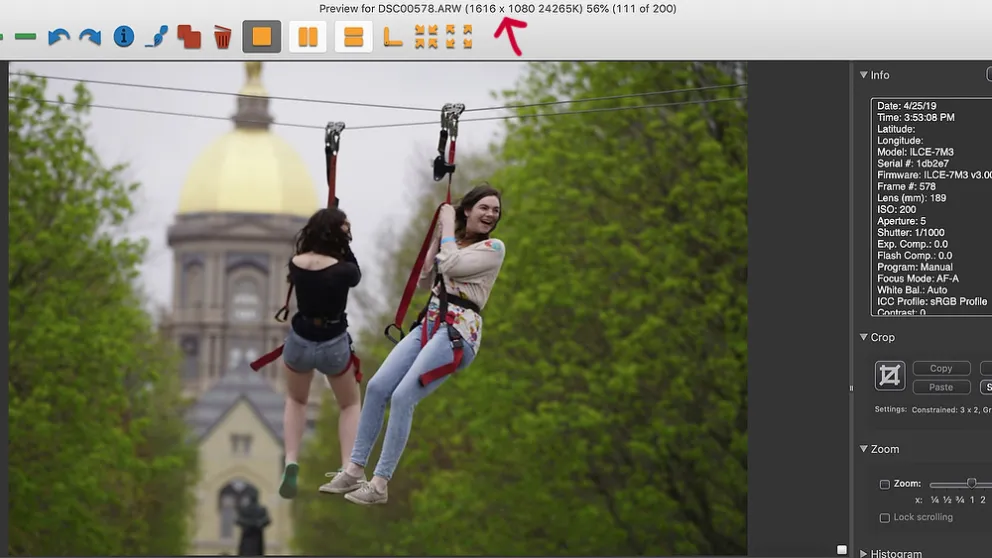
Photo Mechanic A7III RAW files only show a low-res preview in Photo Mechanic, making it impossible to zoom in & check critical focus unless you shoot RAW+JPEG, -1. I regularly take advantage of the convenience of having Photo Mechanic extract a full-size JPEG from .NEFs, which it seems isn’t possible with the Sony’s .ARWs, -1. Net score: Nikon 5, Sony 3.
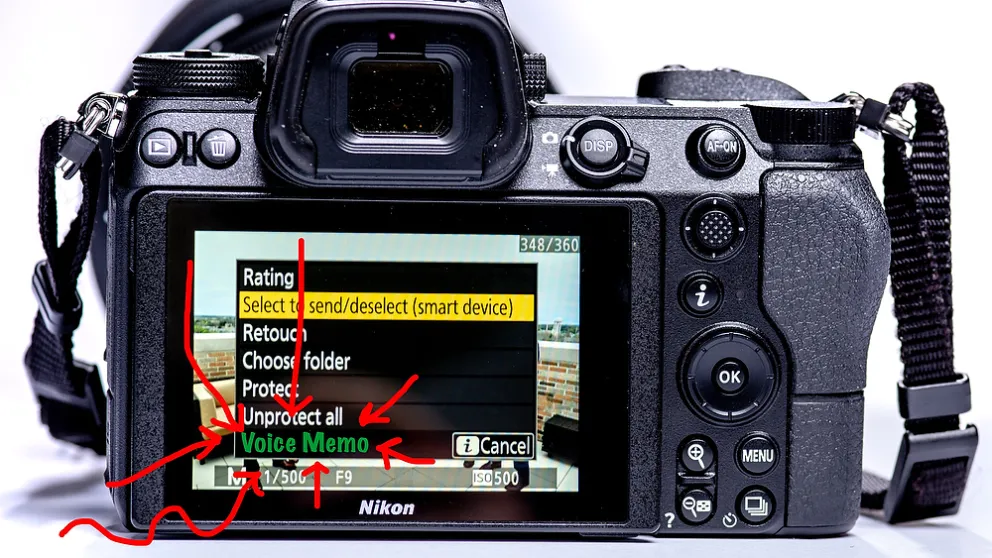
Voice memo Yyyyup. I gripe about this. A lot. No apologies! At least once a week I'm in a situation where it would be useful. Video clips, external recorders, or old-fashioned written notes are simply not as useful as info embedded in the file and playable right on my (or an editor's) Photo Mechanic contact sheet. Neither the Z6 or A7III has VM, so both get a “0.” Both could add it via firmware (as Fuji did and Canon does for some cameras). Sony's track record suggests they just might add it at some point, so...+1. Net score: Nikon 0, Sony 1.
Final Score Nikon: 50 out of a possible 75, Sony: 50 out of a possible 75.
How 'bout that?!? it’s a tie. They're both 2/3 of the way to being the perfect camera. The grass is green on both sides of the fence. Think of it as: One is Kentucky Bluegrass, one is Bermuda Grass. They’re both green. Whatever works for where you live.
I’ve got a big financial investment in Nikon lenses and a big mental investment in Nikon workflow, so I'm sticking with the Z system, gripes and all. The A7III needed to be full-on life-changing to motivate a wholesale system switch. Don’t get me wrong: The A7III is very good, but the Z6 is very good also. That said, though, if Sony adds voice memo…well…
________________________
"What did the thesaurus eat for breakfast? A synonym roll!" Impale me with with your rapier-like critiques, send your cutting remarks to mcashore@nd.edu.